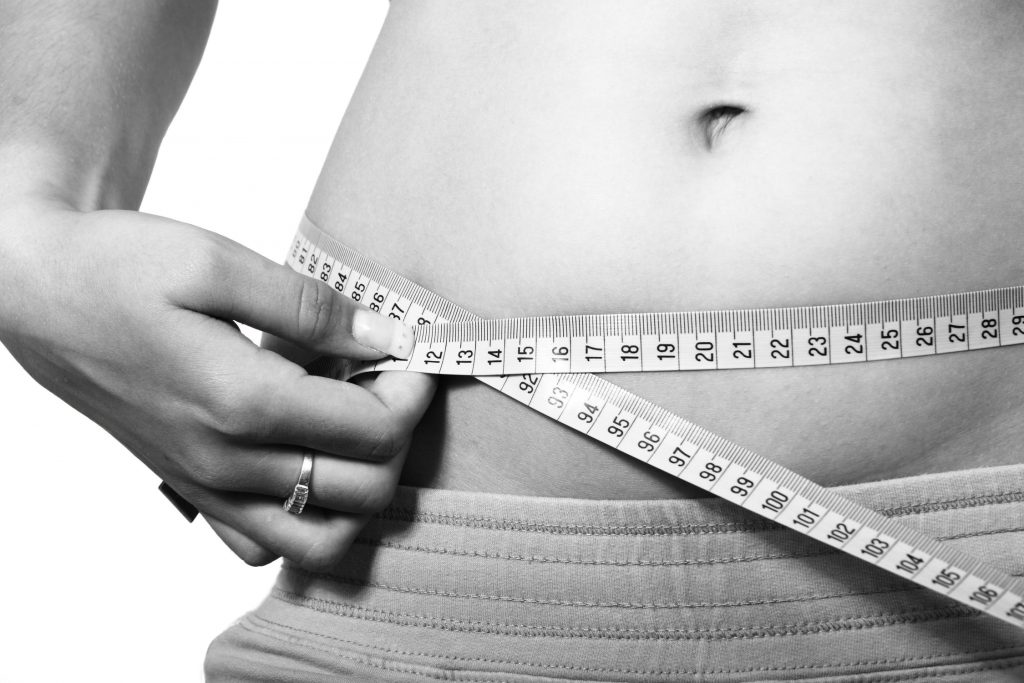
Before knowing if you should buy size S or M leggings you must know what your measurements are to look for the necessary matches with the size chart. When buying any piece of cloth for the lower part of your bodies, such as pants or these famous leggings, then it is essential to know some measures. The least you want is it to be very big or too small or too short.
Leggings are used very often in sports and gym activities. For this reason, a good fit (without tightening, it is worth clarifying) will be very important to maintain comfort throughout the process. If you want to get pieces that suit the best way to your body type, you must read the following tips.
Table of Contents
Measurement of the hip
When we talk about the measurement of the hip, we refer to the proportions that include this hip and also the buttocks. The good adjustment of this part of the body will depend on how abundant will be the creases of the piece on the back or near the crotch.
The hip should be, or at least in most cases, the widest part of the body. With the waist, this is the area of the body that can stand out more through a legging and that’s why this part of the chart is essential to find the correct piece for you. To have these measures, you just must:
- Stand as straight as possible in front of a mirror
- Close your legs as much as possible
- Wrap your buttocks with the tape measure
- Locate it on the most voluminous part of the area before measuring. Usually, this is in the middle of the buttocks and a little higher than the level of the crotch in the front part
Measurement of a waist
The faithful companion of the hip is one of the parts of the body that should be stylized as much as possible. Tuffwomen leggings are ideal for this task, as long as their clients know how to identify their size among its measurement standards.
Taking advantage of the waist and the hip together can give rise to very attractive looks, stylized and proportionate. A bad decision regarding the measurement of the waist can cause the piece of clothing to be very loose, or on the contrary, it is so adjusted as to expose the rolls of fat that you can have lying around the abdomen (remember, this is not about an abdominal binder)
The measurement of the waist is one of the easiest to calculate. Let’s see:
- Leave your abdomen exposed, without any clothing
- Lean to the sides and mark the point where your waist is folded (this will indicate the area you are interested in measuring (is the midpoint between the belly button and the lower edge of the chest)
- Place the measuring tape around this area, exhale as much as possible (without tightening the abdomen) making sure that the tape is really parallel with the ground; that is, there is no type of tilt that can alter the measurement.
Measurement of the length of the crotch
This measure is usually the one least understood inside the size charts. What this section indicates is the length at which the piece must be acquired.
Although they are leggings, standard measurements or unique sizes are the worst way to manufacture these pieces. A long standard would generate the piece that does not cover up to the ankle of many people.
To acquire this measure, what you must do is:
- Stand straight
- Take the tape measure and place it on the edge of the crotch and drop the tape
- Hold the tape and bend a little to visualize the value thrown
At all times you must hold the tape partially so that the value is not altered when leaving the straight position.
Usually, garments are made under certain standards that are adapted to a large number of people. The relationship between length, width and the upper edge (measure corresponding to the waist) is usually provided in a size where there is an average since most individuals tend to similar proportions among the three values.